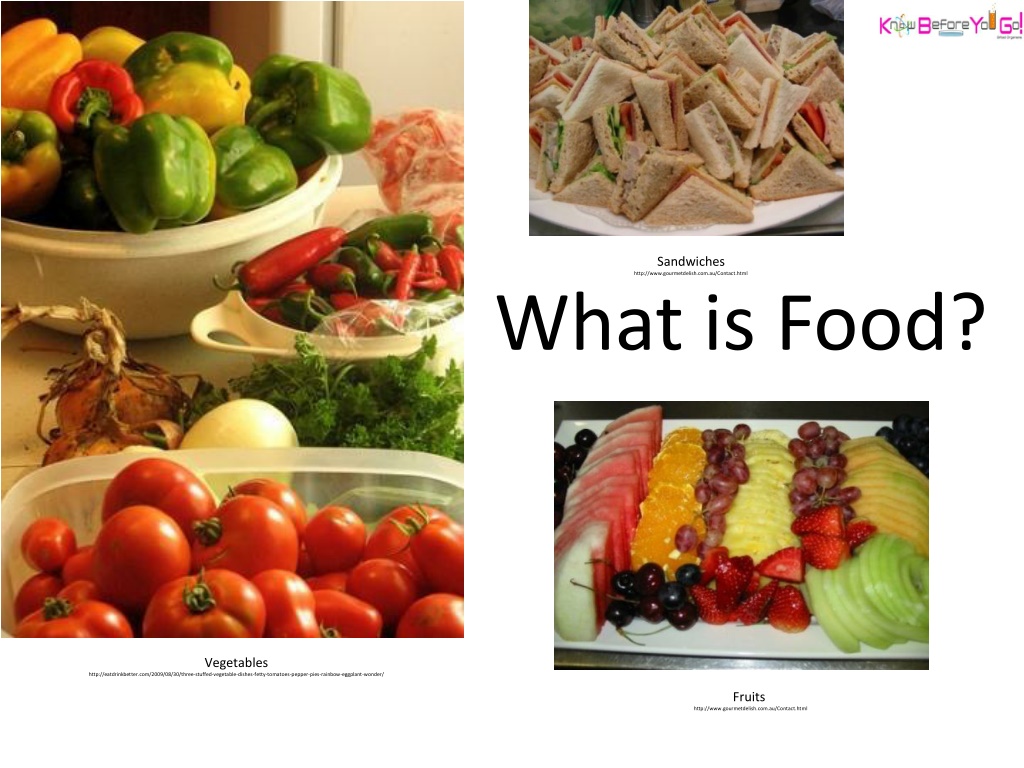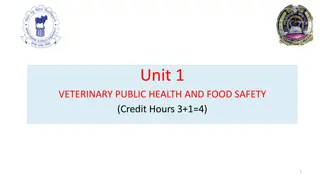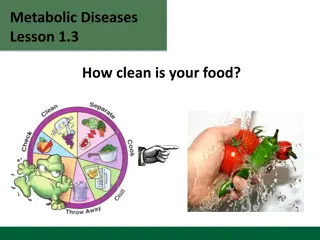
Food Nutrients, Functions, and Sources
Explore the basic functions of food nutrients such as proteins, carbohydrates, fats, and more. Learn about the importance of fiber in a healthy diet and discover suitable food sources for key nutrients like energy, growth, repair, and regulation. Find out how eggs, wheat flour, and other food components contribute to a balanced diet.
Uploaded on | 0 Views
Download Presentation

Please find below an Image/Link to download the presentation.
The content on the website is provided AS IS for your information and personal use only. It may not be sold, licensed, or shared on other websites without obtaining consent from the author. If you encounter any issues during the download, it is possible that the publisher has removed the file from their server.
You are allowed to download the files provided on this website for personal or commercial use, subject to the condition that they are used lawfully. All files are the property of their respective owners.
The content on the website is provided AS IS for your information and personal use only. It may not be sold, licensed, or shared on other websites without obtaining consent from the author.
E N D
Presentation Transcript
Sandwiches http://www.gourmetdelish.com.au/Contact.html What is Food? Vegetables http://eatdrinkbetter.com/2009/08/30/three-stuffed-vegetable-dishes-fetty-tomatoes-pepper-pies-rainbow-eggplant-wonder/ Fruits http://www.gourmetdelish.com.au/Contact.html
What are some of the basic functions of food? The chemical components of food which performs these functions are called nutrients. These nutrients are called: 1. Proteins 2. Carbohydrates 3. Fats..... Do you know of any others? Roughage or fibre is an essential component of a healthy diet even though it is not considered a nutrient. Can you give me some examples of where fibre may be obtained in food?
Can we fill out the Suitable Sources section? Key Nutrients Their Functions Suitable Sources Supply energy Help the body use fats more efficiently Carbohydrates Build and maintain body tissue Found in enzymes, hormones and body fluids May also serve as energy source Proteins Help the body use some other nutrients e.g. Fat-soluble vitamins, more efficiently Supply essential fatty acids Supply food energy in a concentrated form Fats Carries nutrients to, and wastes from cells Helps in the digestion and absorption of foods Regulates body temperature A constituent of cells and body fluids Water Calcium: builds bones and teeth; helps in blood clotting Iron: helps cells use oxygen; combines with proteins in heamoglobin Minerals e.g. Calcium and Iron Serve a variety of functions Some are water-soluble others are fat- soluble Vitamins Chart Depicting Key Nutrients, Their Functions & Sources
Carbohydrates Fats and Oils Proteins Minerals Vitamins Water Growth and Repair Control and Regulation Energy Diagram depicting food nutrients and their functions They supply the human body with: 1. Valuable proteins 2. Some fats 3. Iron 4. Phosphorus 5. Vitamin A & D 6. Calcium EGGS: Composition of an Egg http://www.chemicalbiological.net/the%20egg.html However, an egg is not a complete source of food for humans because it does not contain carbohydrates.
When an egg is cooked it denatures. What does denaturing mean? Egg can be used in a variety of ways for food preparation. Why is this so and name some ways? Wheat flour is the most widely used type of flour. The table below shows the approximate nutrient content of wheat flour. FLOUR: Nutrient % Composition by Mass Carbohydrate 70 Moisture 14 Protein 13 Fats & Minerals 3 Longitudinal section of a wheat grain http://www.plantsciences.ucdavis.edu/beckles/wheat.html The Composition of Wheat Flour






















